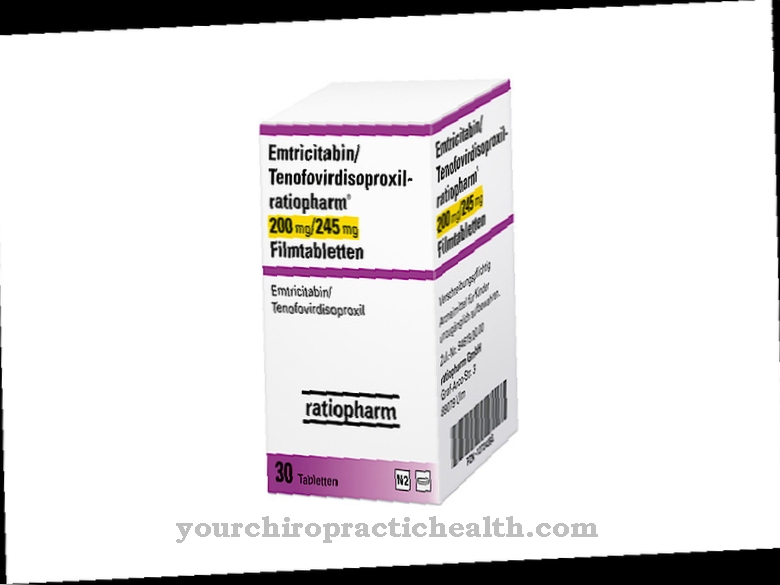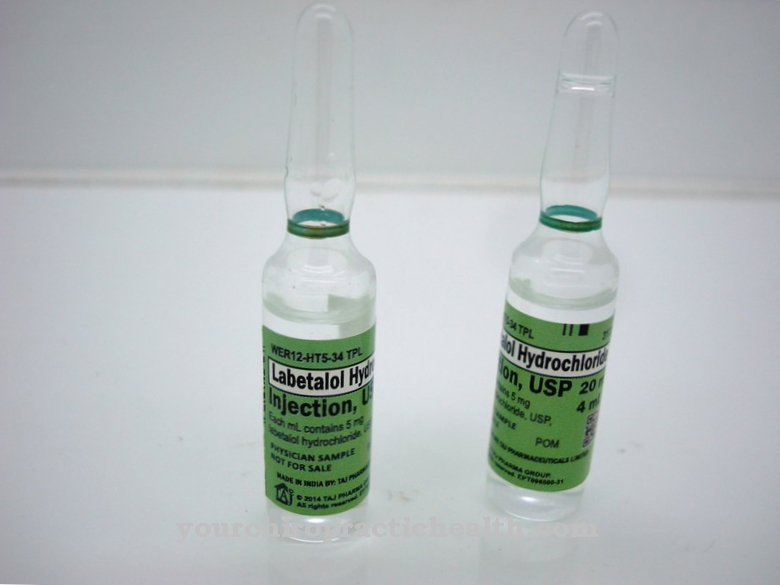At Remifentanil it is a highly effective opioid, which is used in particular in the context of anesthesia. The anesthetic or sedative has an effect that is around 200 times stronger than that of morphine.
What is Remifentanil?

Remifentanil belongs to the group of active ingredients that are often used when the tried and tested morphine does not have an adequate effect in the course of pain treatment or as an anesthetic.
The opium is used both as a sedative and in the course of anesthesia, which results from the excellent controllability of the active ingredient. In practice, the agent is therefore often used in the context of operations. One of the main characteristics of the drug is that it contains glycine. Therefore, the drug must not be used in the course of spinal anesthesia.
Remifentanil is not only used in the context of anesthesia, but also frequently used for sedation in practice. The drug is also used more frequently for respiratory depression. Since the active ingredient is broken down independently of the organs, it is not necessary to adjust the dosage of Remifentanil if the liver or kidneys are not functioning properly.
Pharmacological effect
The effect of Remifentanil is primarily characterized by the fact that the drug has both pain-relieving and strong calming (sedative) effects.
As a so-called selective µ-opioid agonist, the main effect is that it occurs very quickly and is easy to calculate. Normally, the desired effect occurs one minute after the drug has been administered. Another characteristic of the effect is that it is only short-lived. The half-life is usually specified with a duration between two and ten minutes.
For this reason, it is important, for example during anesthesia, that the active ingredient is supplied continuously. The effect on the organism can be neutralized by so-called opiod antagonists such as naloxone.
Because of the effects described, remifentanil is often referred to as a "soft drug". With regard to the effect, it is important to note that the dosage of Remifentanil must be adapted to the respective age of the patient.
Medical application & use
The opioid Remifentanil is used in practice in different ways. It is most commonly used during anesthesia that is given in connection with surgical procedures. In this context, the active ingredient is primarily used in total intravenous anesthesia.
Usually a combination with propofol takes place. Remifentanil is also used if analgesia is to be continued in the course of a direct postoperative period. In any case, Remifentanil is often used for analgesia and sedation in intensive care. Because of the relatively short half-life already mentioned, the opioid is usually administered via a so-called syringe pump.
Due to the short duration of action, one advantage is that there are normally no excess effects. Because of this very good controllability, remifentanil is nowadays very widespread in the field of outpatient anesthesia and is often used. But remifentanil can also be used for slightly less painful measures, such as lithotripsy (treatment of bladder and kidney stones).
You can find your medication here
➔ Medicines for painRisks & side effects
As it is with Remifentanil If it is an effective and targeted agent, there may well be side effects after administration in some cases.
First and foremost, these are side effects that are generally very typical of opioids. It should be noted that the thoracic rigidity - especially in comparison to many other opioids - can be more pronounced. In general, for example, respiratory depression, dizziness, nausea, vomiting and constipation are among the typical side effects that can occur after the administration of Remifentanil.
Other possible side effects of Remifentanil also include hypotension or muscle rigidity. The attending physician can provide information on all possible side effects.

















.jpg)







.jpg)


